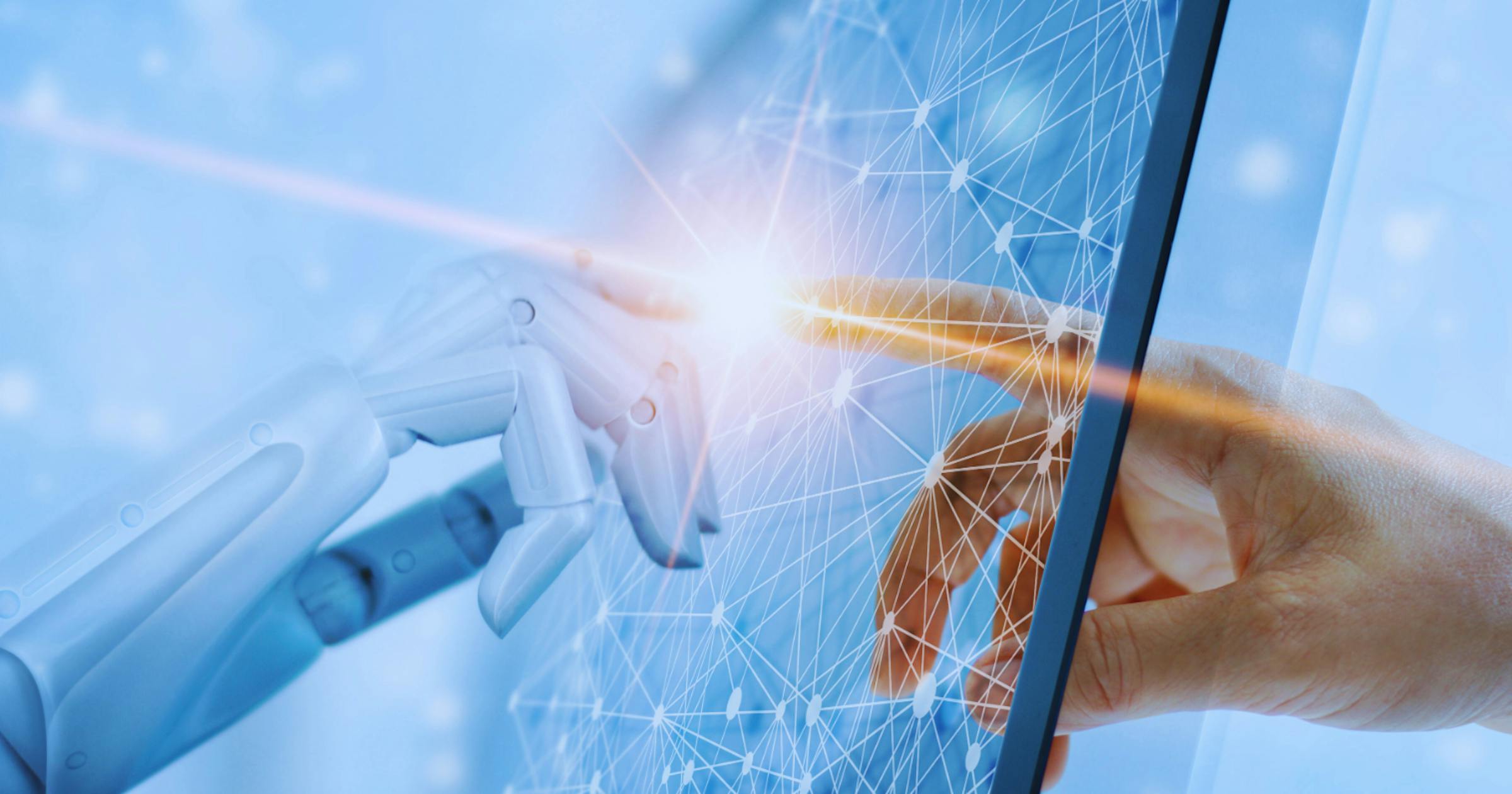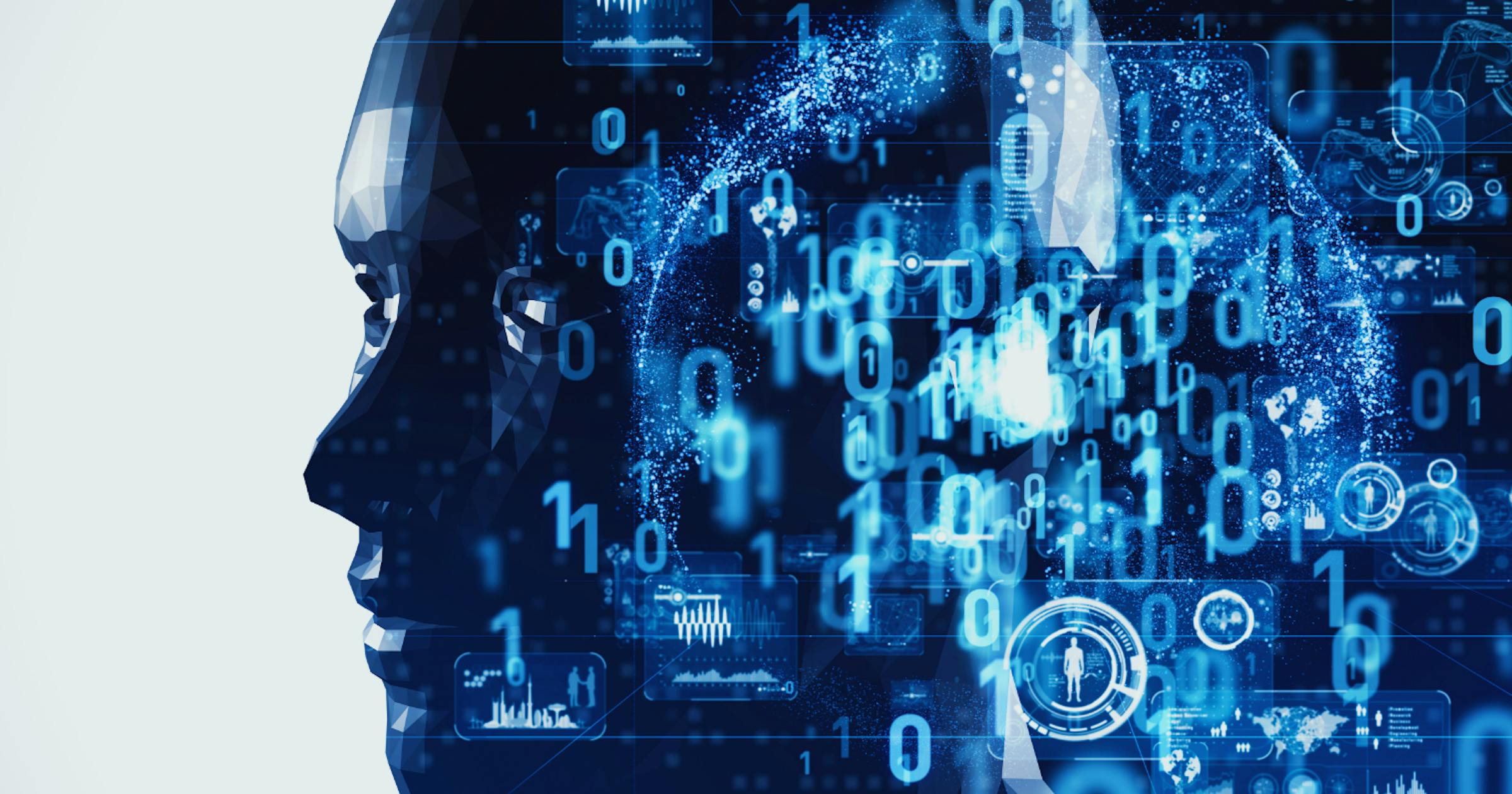
What is scientific monitoring? Definition, methods, examples and tools
08/11/2025

In medicine, where every decision relies on accurate and up-to-date data, University Hospitals (CHU) are responsible for staying abreast of the latest scientific developments. But faced with an explosion in global scientific output, the task has become colossal. This is where artificial intelligence (AI) comes into play—facilitating, automating, and accelerating documentary and scientific monitoring within teaching hospitals.
This article explains why and how CHU are now integrating AI solutions to transform their scientific monitoring, with direct benefits for medical, pharmaceutical, and research teams.
The numbers speak for themselves: more than 10,000 scientific articles are published each day worldwide, and this figure has continued to grow since the Covid-19 pandemic, which sped up research and multiplied the number of open-access publications.
According to a study by Dimensions.ai, global scientific output has increased by over 25% in 5 years in the medical sector. This documentary inflation makes it almost impossible even for well-equipped CHU with specialized documentation and librarian services to process information manually and exhaustively.
The stakes for this monitoring are crucial:
Without structured and responsive monitoring, it becomes difficult for a university hospital to maintain excellence in care and teaching.
AI applied to scientific monitoring addresses these challenges by automating several time-consuming steps in the documentation process:
Unlike a standard search engine, an AI-powered monitoring assistant understands the intent behind queries, identifies articles with strong methodologies, and extracts key data from studies.
Concrete Example:
In a university hospital ICU, physicians wish to track the latest international guidelines for managing severe sepsis. With an AI assistant connected to international scientific databases, they can query millions of articles in seconds and receive an up-to-date summary of the most relevant new publications, organized by date, level of evidence, and clinical impact.
Here are the most common use cases in hospitals and academic institutions today:
AI-powered scientific search engines (like Archie from PaperDoc) allow users to enter a clinical question or keywords and receive relevant articles in seconds, without juggling multiple databases or complex Boolean operators.
👉 Benefit: significant time savings and more relevant results.
AI can extract and summarize the essential elements of a scientific article: introduction, methodology, results, discussion, and conclusion.
👉 Benefit: quickly identify articles that are truly useful and avoid wasting time on anecdotal or poorly structured publications.
You can configure personalized alerts on specific topics (e.g., new molecules in oncology, advances in interventional radiology). AI sorts and filters publications to keep only those with methodological and clinical relevance.
👉 Benefit: targeted, exhaustive monitoring without information overload.
Certain AI solutions spot emerging trends in scientific literature before they are reflected in official guidelines.
👉 Example: identifying a rise in clinical studies about a new molecule or medical technology.
The integration of AI into scientific monitoring at hospitals isn't just about technology; it's a strategic lever for improving care quality and optimizing team operations.
Some of the observed benefits include:
As medical information evolves at an unprecedented pace, artificial intelligence has become an essential ally for university hospitals to automate and accelerate their scientific monitoring.
It frees up clinical time, supports safer clinical decisions, and strengthens hospitals' ability to rapidly integrate innovations from research.
Solutions like PaperDoc are now available to all university hospitals and can be easily implemented in clinical, pharmaceutical, and research services.
Contact us to learn more or schedule a demonstration.
Do you want to keep abreast of the latest medical developments in your field? PaperDoc searches, filters and summarizes the scientific literature for you
Register for free
08/11/2025

08/08/2025

08/08/2025

08/08/2025

08/08/2025